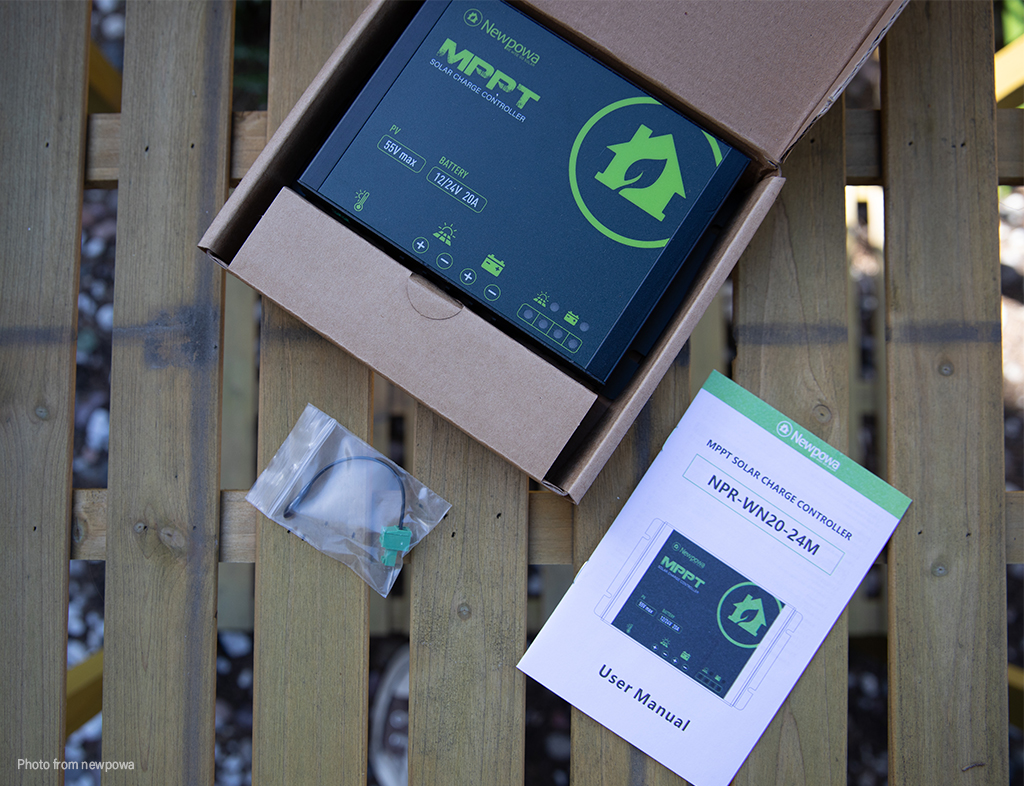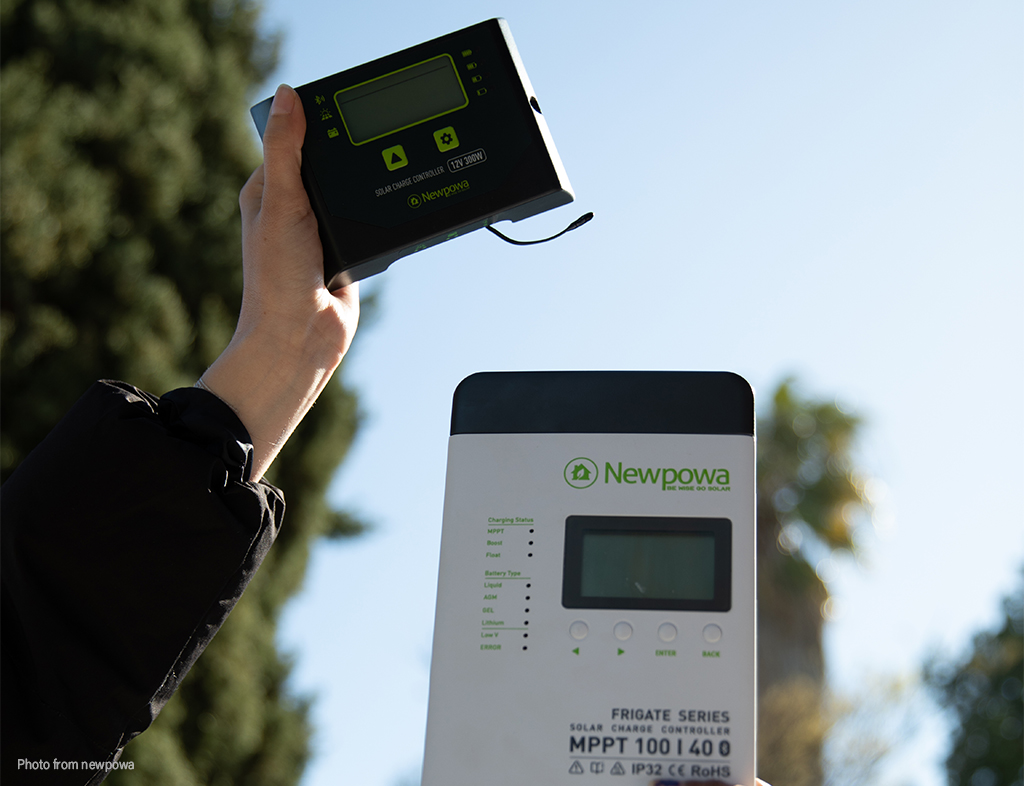CLEARING UP ANY SOLAR CHARGE CONTROLLER CONFUSION
24th Apr 2023
When it comes to setting up a solar energy system, one of the components that can cause the most confusion is a solar charge controller. Many people are intimidated by this device, unsure of what it does and how it works. The good news is that understanding how a solar charge controller works is simpler than it might seem.

At its most basic level, a solar charge controller is a device that acts as a middleman between the solar panels and the batteries. It regulates the voltage and current from the solar panels and ensures the batteries are not overcharged. In simple terms, it’s a charge regulator. It prevents excess current from flowing in order to safeguard your batteries.
A solar charge controller can also protect the life of your battery. It does this by managing the charge being delivered to the battery from the solar panels, reducing the risk of the battery becoming overcharged or damaged. A good charge controller can be set to monitor the charge being delivered and keep the voltage to your batteries steady.
Now let’s talk about what the controllers’ amp ratings mean, their parameter settings, and what each charging stage does.
Your controllers’ amp ratings pertain to the maximum amps the charge controller can withstand from your PV modules. This is a major aspect to consider when looking into adding solar panels or upgrading to newer technology. In terms of parameter settings, some settings will be automatically selected such as battery voltage, charge stage, and more. While most will have to be manually set, such as your battery type. Now, let’s briefly talk about each charging stage.

MPPT: In this stage, the battery voltage has not yet reached boost voltage, and 100% of available solar power is used to recharge the battery.
Boost: When the battery has recharged to the Boost voltage setpoint, constant-voltage regulation is used to prevent heating and excessive battery gassing.
Float: After the Boost voltage stage, the controller will reduce the battery voltage to the Float voltage setpoint.
Equalization: Equalizing charge increases the battery voltage, higher than the standard complement voltage, which gasifies the battery electrolyte.
Although it can seem complicated, the truth is that understanding a solar charge controller isn't that difficult. Its purpose is to protect your battery from any potential issues, making sure you're able to get the most out of your solar setup. When considering the advantages of solar power, a solar charge controller is a must-have.
